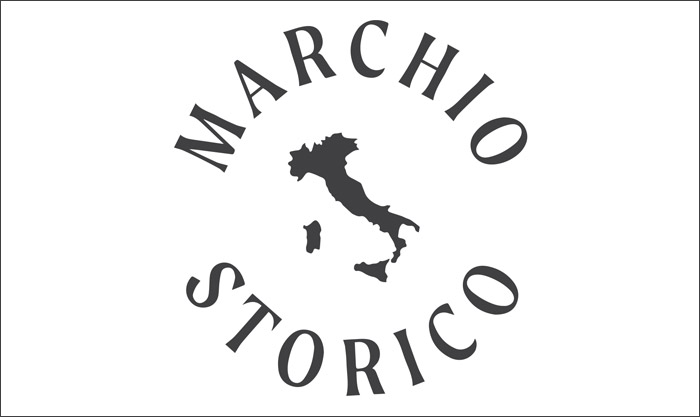- ΣΥΛΛΟΓΕΣ
- Εταιρία We are proud to announce that our Brand has been added to the Special Register of Historic Brands of National Interest. Discover more

- Magazine
Visible bricks and pipes, recycled elements, metal details: the industrial-style kitchen has now made its way into homes, bringing with it all the charm of old New York warehouses, which were converted into lofts and artists’ studios in the 1980s, thus kick-starting this interior design trend. If you are feeling in the mood for industrial furniture, follow this small guide to recreate the typical atmosphere of the style in your kitchen.

The industrial style focuses on dark colours, like black, blue, brown and grey, used in their most underground variants to reproduce a “worn” effect. To avoid darkening the kitchen too much, however, it is essential to balance the shades well by adding a few touches of colour, for instance with the accessories: rust, red and orange, reminiscent of the old factory setting, are the most frequently used bright colours.
Another solution to warm up the atmosphere is to use natural materials to intersperse with the dark colours, first and foremost is wood, followed by metals, such as steel, copper and aluminium: the visual and material contrast leads to truly evocative compositions.
An industrial kitchen not only focuses on aesthetics, but also and above all on functionality: containers, open-fronted compartments and vintage glass fronted units are the symbol of industrial design, complemented by counters and wheeled trolleys. In general, although the units feature simple and clean-cut silhouettes, they are sturdy and designed to blend together, creating ever-changing and unique environments, suiting those who live in the kitchen and want to stand out.
Another of the most important aspects of an industrial-style kitchen is its natural and artificial lighting. There are large windows with minimal frames to let the light in, as well as lamps with wrought iron fixtures or hanging from the ceiling with visible wires. Lastly, the spotlights, large floor lamps and illuminated plates are the main features, fixed to show the way to a style: yours!